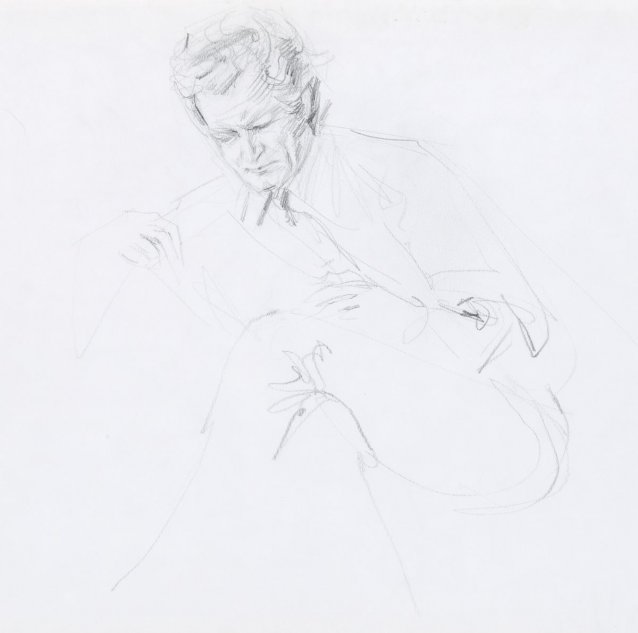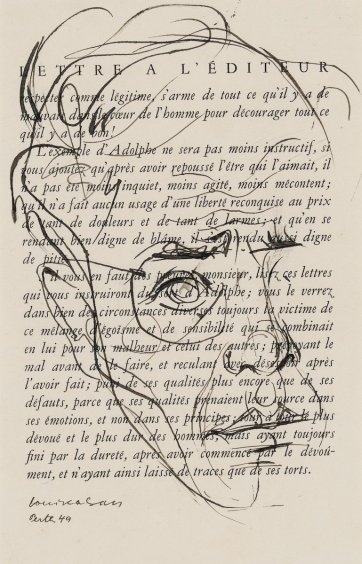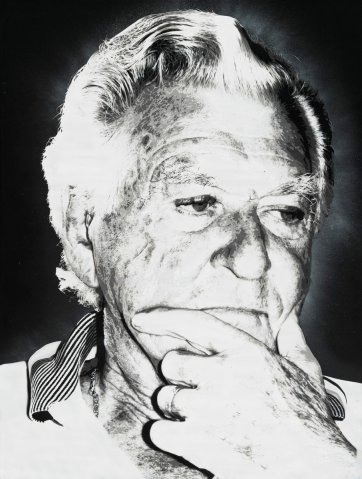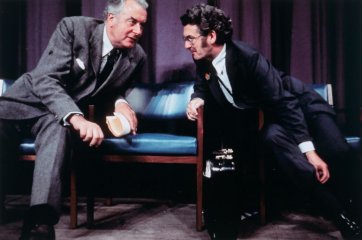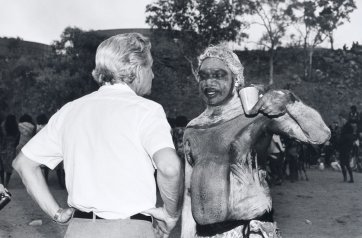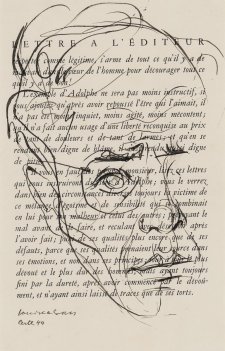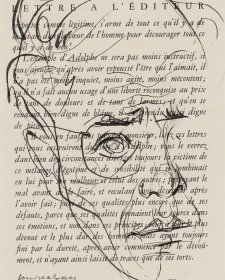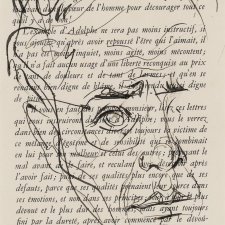Robert James Lee (Bob) Hawke (1929-2019) moved with his family from South Australia to Perth in 1939. Graduating in arts and law from the University of Western Australia, where he was president of the SRC, in 1953 he went to Oxford as a Rhodes Scholar. There, he wrote a thesis on the history of wage-fixing in Australia and set the world record for drinking a ‘yard’ of beer. In 1958, having abandoned a PhD thesis, he began working as an advocate for the Australian Council of Trade Unions (ACTU). He first ran for federal parliament in 1963. Unsuccessful, he was elected president of the ACTU in 1969. In this role for a decade, he made strong friendships with Labor Party and trades union colleagues and travelled internationally to learn about labour issues. In 1971 he was elected to the federal executive of the Australian Labor Party; two years later he became the party’s federal president. Now president of both the ACTU and the Labor Party, he represented both on governing and advisory bodies, such as the Reserve Bank Board, the Australian Population and Immigration Council, and the Monash University Council. Throughout the 1970s, though alcoholic, he maintained a punishing workload. In 1976 he went to Israel, as a guest of the Israeli government, for the dedication of a forest to him. He was invited to China in 1978 as a leader of the trade union movement. In 1979, he was made a Companion of the Order of Australia, delivered the Boyer Lectures on the topic of ‘The resolution of conflict’, and suffered a breakdown. In the spring of 1980, he resigned from the ACTU to win the seat of Wills. He made his first speech in the House of Representatives in 1980 at the age of 50. In winter 1982, returning from Helsinki where he had attended an international socialist conference, Hawke initiated a challenge to Labor party leader Bill Hayden. Knowing that his defeat by Hawke was inevitable, in early 1983 Hayden agreed to step down. Hawke was elected Labor Party leader on 8 February 1983 and the federal election was called for 5 March 1983. Bill Hayden had said that in the current electoral climate, ‘a drover’s dog could lead the Labor Party to victory’. Indeed, after a four-week campaign, Bob Hawke led the Labor Party to their greatest election win in 40 years. Inheriting a deficit of $9 billion, he was to lead the Party to victory for a record four terms, in 1983, 1984, 1987 and 1990. Hawke is widely remembered for his uncontrolled public reaction to Australia’s victory in the America’s Cup in Perth in 1983. The same year, enactment of the World Heritage Properties Conservation Act 1983 gave the Commonwealth responsibility for all places listed as world heritage areas. The government moved for world heritage listing of Tasmania’s forests and the North Queensland rainforests. New uranium mining at Jabiluka was prohibited, and the world heritage listing of Kakadu National Park was prioritised. The Sex Discrimination Act 1984 put gender discrimination in workplaces outside the law. The ‘Silver Bodgie’ was the public face of the Bicentenary celebrations throughout 1988. At the same time, the 1980s saw the deregulation of the financial system, the removal of controls on foreign exchange and Australian interest rates, the opening up of competition in the telecommunications industry, the reduction of all tariffs to five per cent and the phasing out of textile, clothing and motor vehicle protection. By 1992 unemployment was to peak at its highest level since the Depression. In 1991 it was Paul Keating’s turn to provoke an open leadership contest. Following a leadership vote just before Christmas, Hawke was narrowly defeated by Keating, who became party leader and was sworn in as Prime Minister on 20 December 1991.
Collection: National Portrait Gallery
Gift of Mrs Lily Kahan 2017
Donated through the Australian Government's Cultural Gifts Program
© Louis Kahan/Copyright Agency, 2022
The National Portrait Gallery respects the artistic and intellectual property rights of others. Works of art from the collection are reproduced as per the
Australian Copyright Act 1968 (Cth). The use of images of works from the collection may be restricted under the Act. Requests for a reproduction of a work of art can be made through a
Reproduction request. For further information please contact
NPG Copyright.
